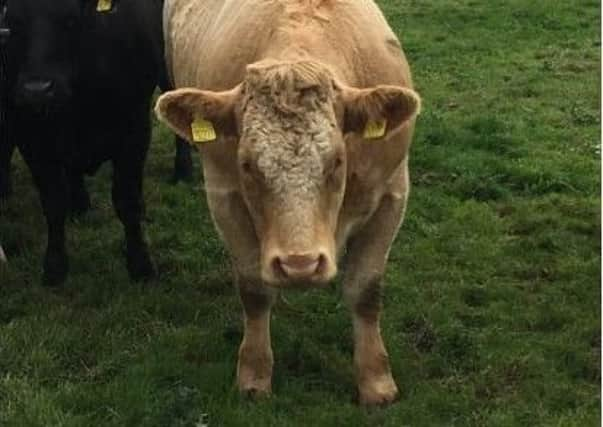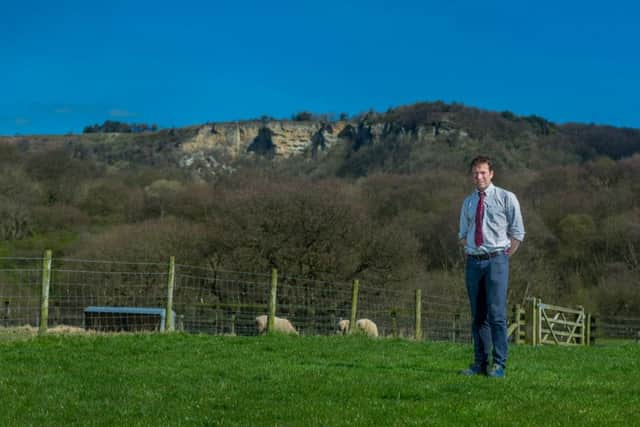Julian Norton: Stuck in the mud


The farmer had found her during his morning rounds to check the stock. He thought the time had come to say goodbye to this old girl. I arrived and stomped across the fields to find her. It was terribly sad but at least the end was quick and painless for her.
Back at the practice, morning surgery came with its usual selection of new puppies and booster vaccinations, punctuated by a variety of ailments and injuries. Mixed veterinary practice has an amazing knack of tempering sad cases with a serendipitously placed happy outcome.
Advertisement
Hide AdAdvertisement
Hide AdPrincess, the tortoiseshell cat was just such a case. I had spent much of the previous evening trying to sew her back together. She had been out on cat adventures and returned as usual, at teatime. One of the children had spotted a sore patch near her tail. When I examined her, I found a huge laceration, which had ripped out all the skin under her tail and across the back of her legs. She was in a proper pickle. Despite the obviously serious nature of her injury- the cause of which was unknown – she continued to purr throughout my examination. It took two hours and more sutures than I could count to reconstruct the mangled tissue but, as I checked her on Saturday morning, I was amazed at how good the surgical wounds looked. Better still, she could pass urine, so there had been no serious damage to her urogenital system. We just needed to wait and see if the lower part of her bowels still worked. I was happy to see her progress as she tucked into a bowl of her favourite cat treats.


The next job was a cow with a retained afterbirth. It was a long ride to the farm, up Boltby Bank, but the countryside was beautiful as the leaves have started to reveal their autumn colours. I had to keep my eyes firmly on the road though, as a multitude of cyclists were out, enjoying the last days of summer warmth.
Treating a retained afterbirth in a cow is simple but smelly. The placenta refuses to come away after the calf has been born and dangles down from the back of the cow. It quite quickly starts to decompose and can lead to infection developing inside the cow’s uterus. The main challenge is to stop the fetid smell of decomposing placenta seeping into the skin of one’s arm. One plastic arm-length glove is not sufficient. I have come to know that no fewer than four layers of plastic are necessary to allow a lunchtime sandwich to be eaten without concern.
My last visit was altogether easier. It was nearby and it was not smelly. I had an appointment with Ken and June in their lovely bookshop, Claridge’s of Helmsley, where I had arranged to meet people and sign copies of my new book, A Yorkshire Vet Through the Seasons. As I pulled up, only slightly late, I had no intention of letting anyone know exactly where my right arm had been just thirty minutes before!